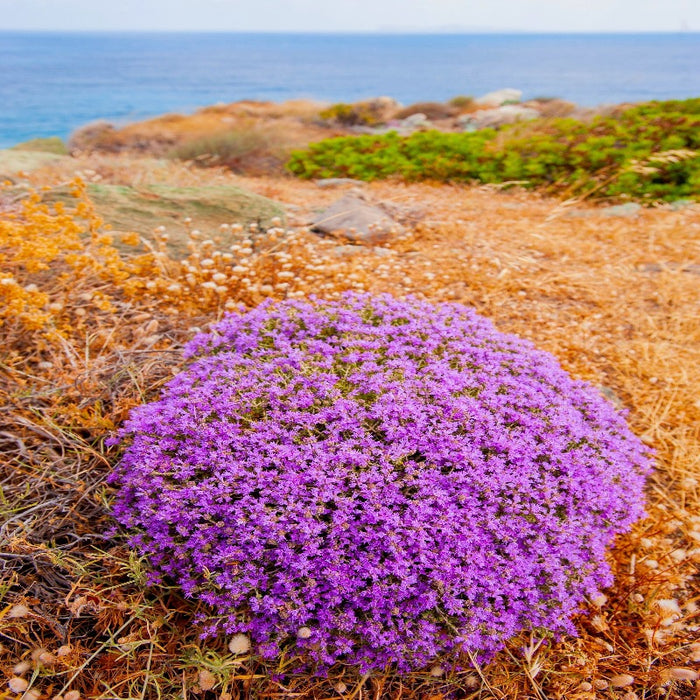
Persian Hyssop Herb Flower Seeds
Save 50%
Original price
$10.00
Original price
$10.00
-
Original price
$10.00
Original price
$10.00
Current price
$4.99
$4.99
-
$4.99
Current price
$4.99
Create a haven of floral delight with our Spanish Oregano Persian Hyssop Herb Flower Seeds. Grow Persian hyssop with its delicate flowers, providing both beauty and aroma to your outdoor space. These seeds yield hyssop plants with delicate flowers, adding an elegant touch to your herb collection and enhancing both your garden and culinary creations. Cultivate Spanish oregano plants with a robust flavor, transporting your senses to the sunny landscapes of the Mediterranean.
Details:





